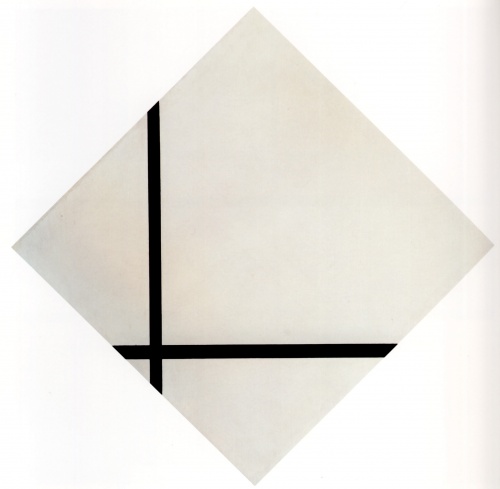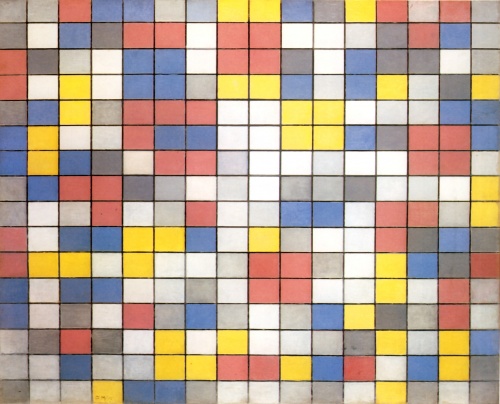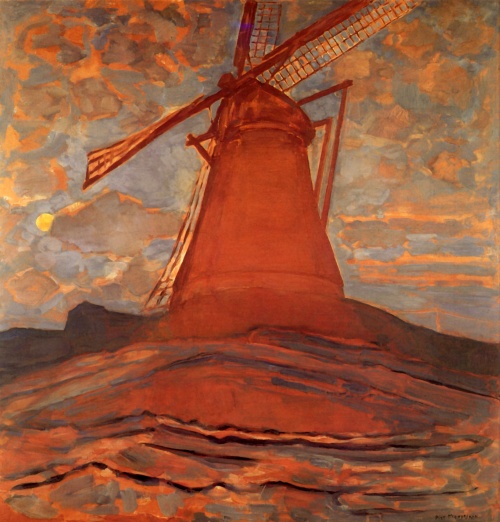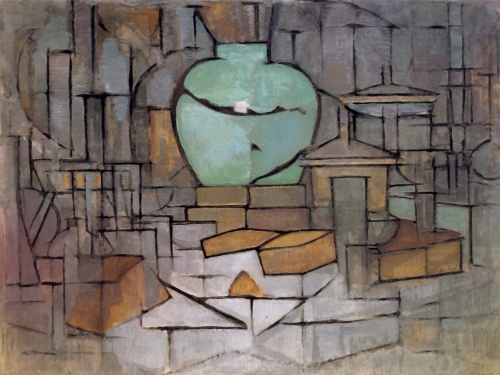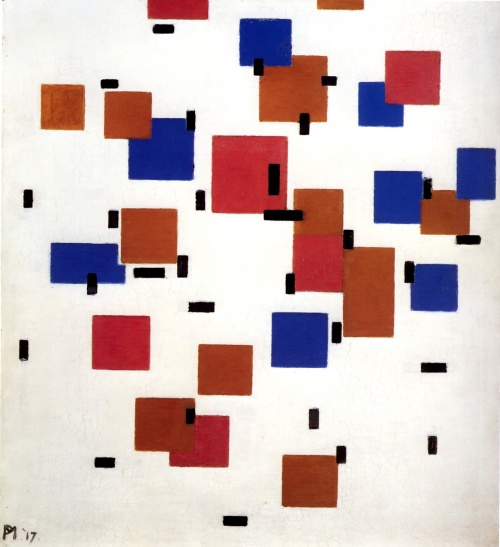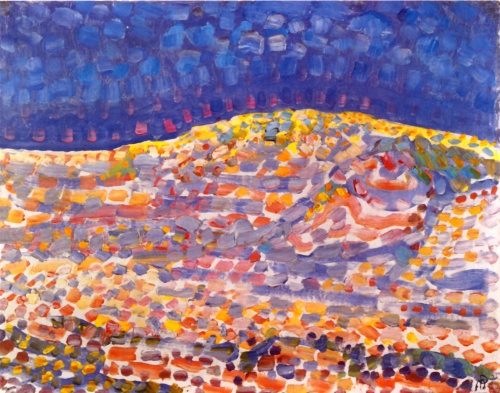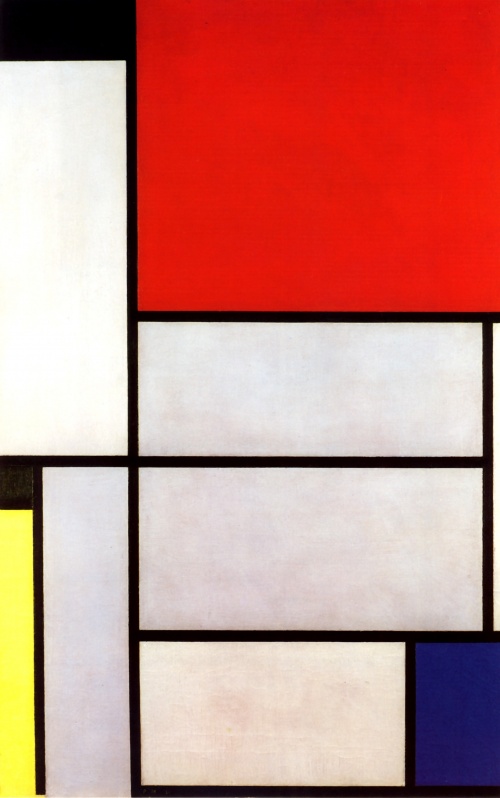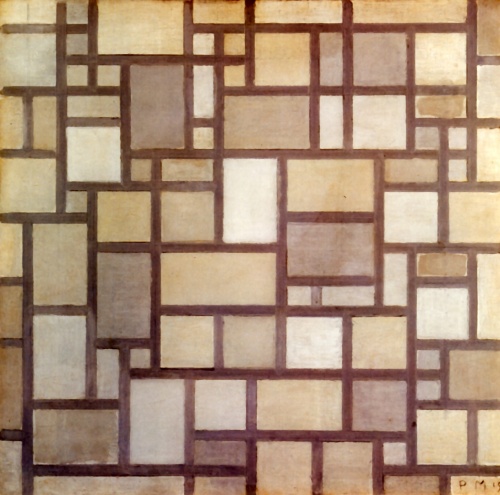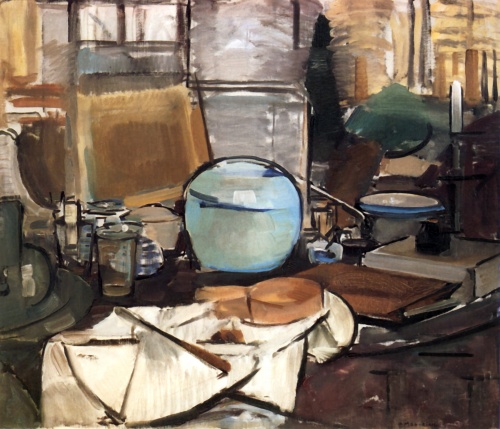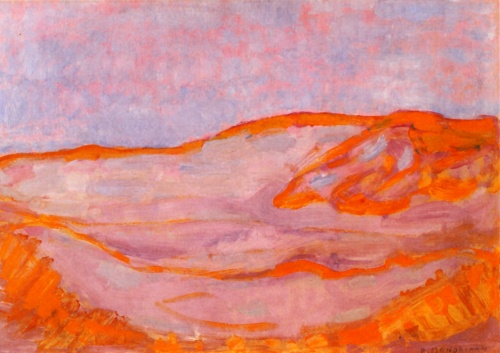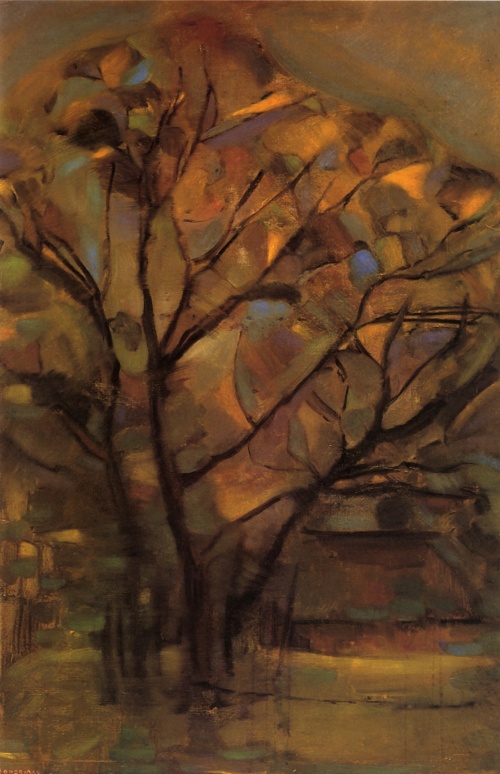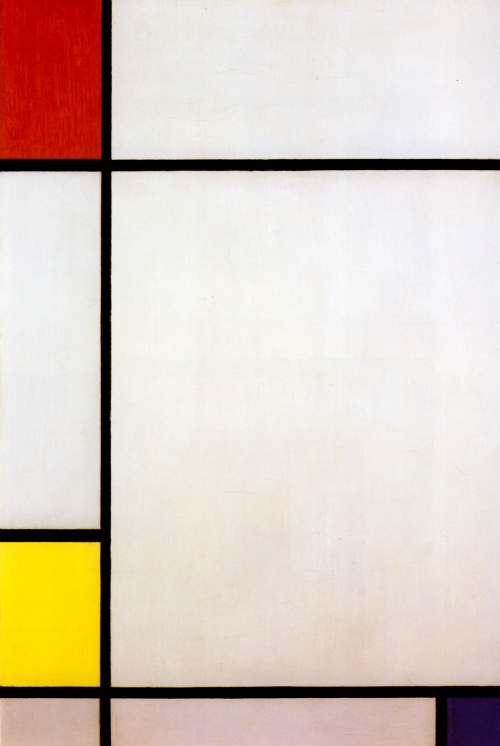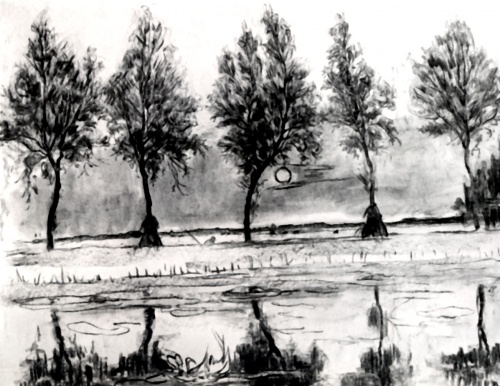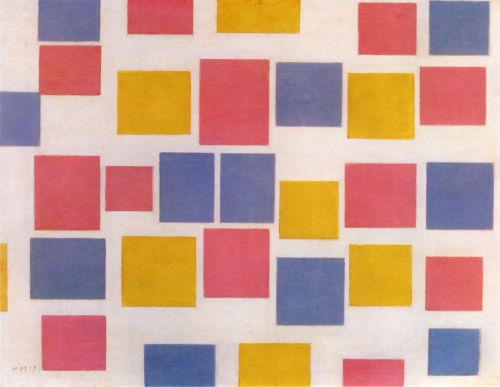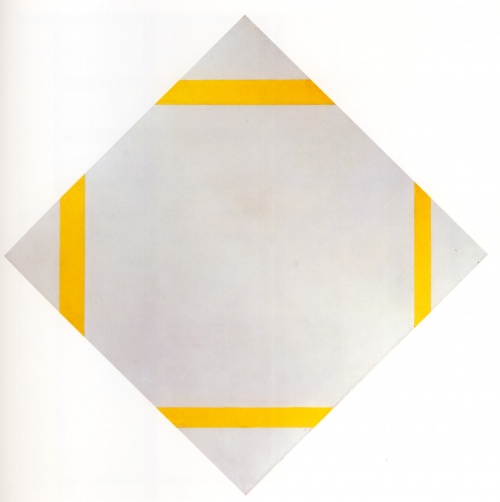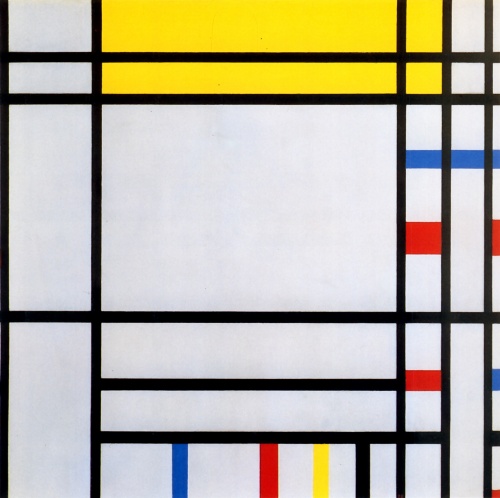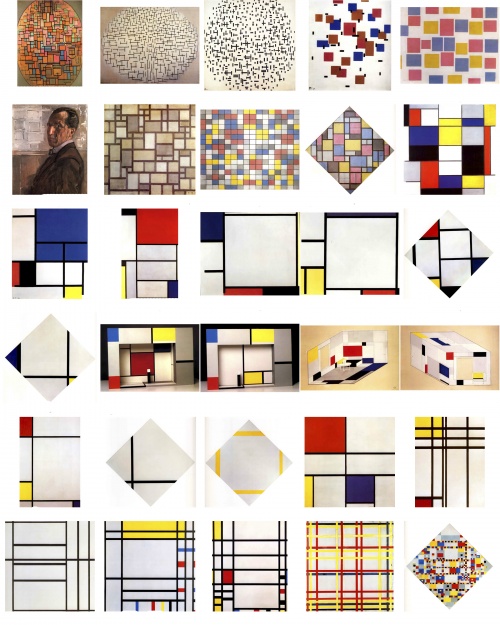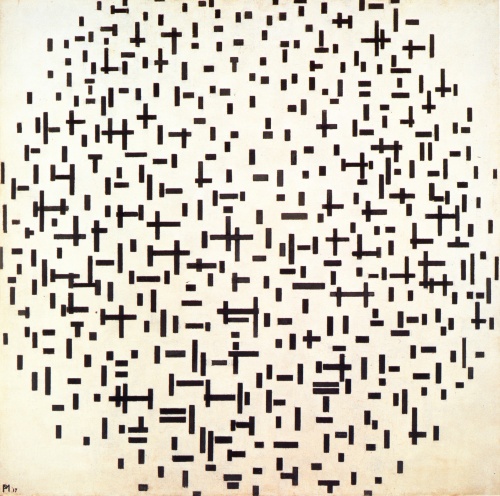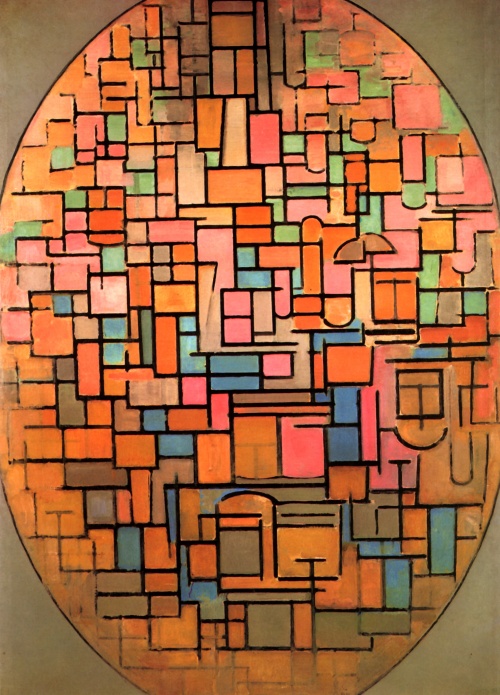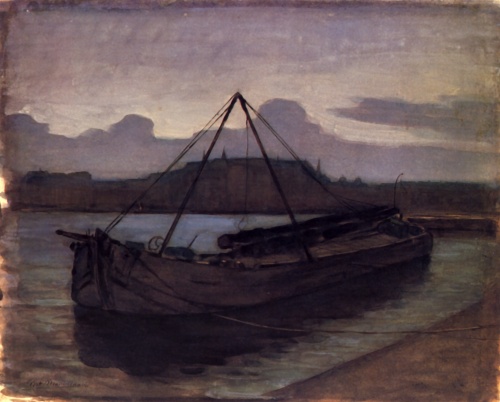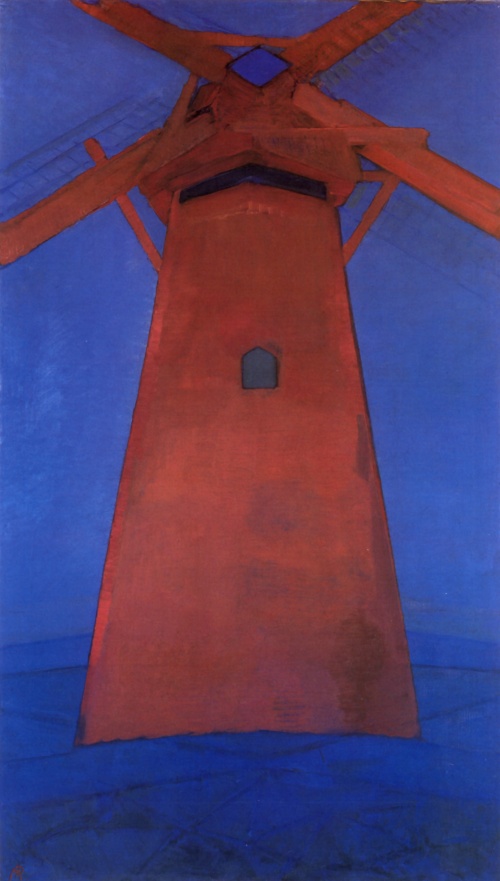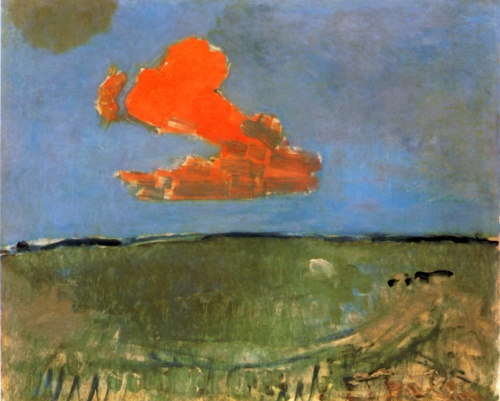Piet Mondrian | Piet Mondrian (63 works)
Разрешение картинок от 838x1182px до 3475x2509px
Piet Mondrian (Dutch. Pieter Cornelis Mondriaan, from 1912 - Mondrian; March 7, 1872, Amersfoort, Netherlands - February 1, 1944, New York) - a Dutch artist who, simultaneously with Kandinsky and Malevich, laid the foundation for abstract painting.
Piet Mondrian is rightfully considered one of the greatest painters of the twentieth century. He is able to surprise the general public, artists, and scientists - art historians. His paintings, which are combinations of rectangles and lines, are examples of the most rigorous, uncompromising geometric abstraction in modern painting.
Mondrian is the creator of the so-called geometric abstractionism. During the last thirty (and most fruitful) years of his life, he performed sacred acts on canvases, painted them into rectangles and squares and painted the resulting geometric fields either with intense bright colors, or (later) with lightweight and transparent shades of white, gray, beige or bluish. Over the years, the rigor and simplicity of his geometric “lattices” increased, and the sophistication and nobility of color combinations slowly but steadily improved.
Biography
Born March 7, 1872 in Amersfoort. His first works were written in a realistic style. In 1911 he met the Cubists, and their work began to have a significant influence on the formation of the young artist. Mondrian soon abandoned in his paintings the slightest hints of plot, atmosphere, modeling and spatial depth and gradually consciously limited the means of expression. In 1912–1916, he built compositions based on a freely constructed spatial grid that filled the canvas. At this time, Mondrian, like Georges Braque and Pablo Picasso during the period of analytical cubism, preferred a palette of tans and grays.
In 1914, the artist returned to Holland to his father, who was dying, and remained in his homeland throughout the First World War, and in 1919 he again left for Paris. By this time he was already a member of a circle that included Theo van Doesburg, Oud, Rietveld and van Esteren. They were all adherents of modernism, working in styles close to Mondrian's painting, and may have had some influence on him in the transition from cubist compositions to the pure geometric forms of red, yellow and blue rectangles. In 1917, Mondrian and Theo van Doesburg founded the avant-garde magazine De Stijl and the group of the same name. The aesthetic theory underlying this movement was called neoplasticism. In accordance with the demands of neoplasticism, Mondrian further reduced his artistic means, using only white, gray, black and the most intense tones of the primary colors of the spectrum.
By 1920, Mondrian's style was fully formed. Using straight lines of hard contours, he made compositions asymmetrical, achieving dynamic balance. Through the rejection of particulars and details, he hoped to achieve a clearer expression of the universal fundamental principles of creativity, striving to achieve what he called “pure plastic reality.”
In 1940 Mondrian moved to New York; two years later his first solo exhibition took place. In one of the artist's last works, Boogie-Woogie on Broadway (New York, Museum of Modern Art), there was a tendency to move away from the strict classical principles of the avant-garde. In this work, small squares are dotted across a grid of lines, giving the entire composition a new syncopic complexity and playful rhythm. Mondrian died in New York on February 1, 1944. His works influenced many contemporary artists, such as Alexander Calder, Ben Nicholson, Victor Vasarely and Fritz Glarner. A number of movements in modern art, such as minimalism and op art, go back to the work of Mondrian and the De Stijl circle, as do forms of modern architecture, advertising and printing.
